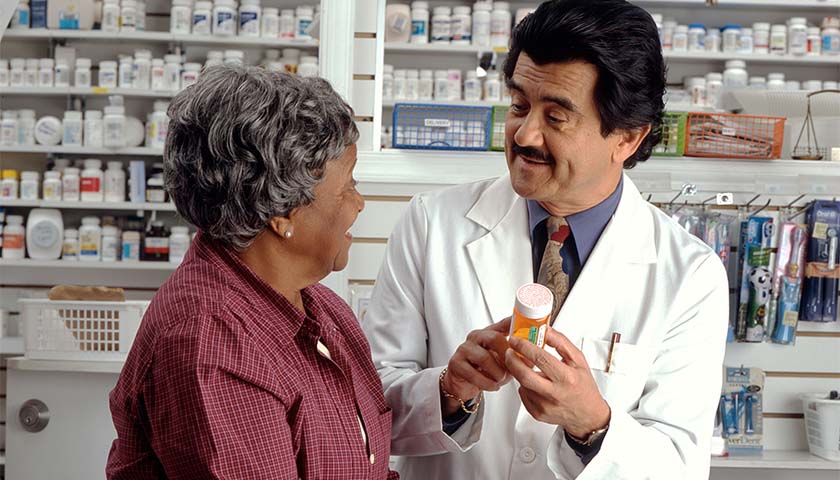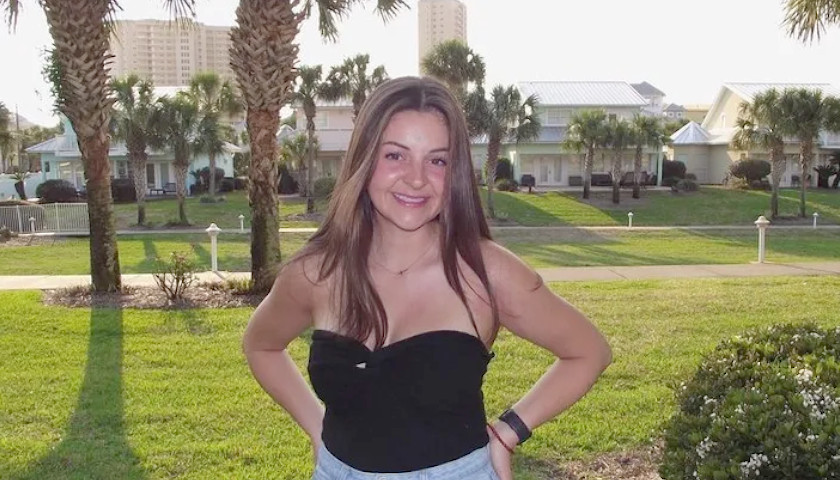by Scott McClallen
A taxpayer subsidy program intended to help vulnerable people afford medicine isn’t working as intended, according to a new study from the California-based, free-market Pacific Research Institute.
The 340B program, named for section 340B of the Veterans Health Care Act of 1992, is administered by the Health Resources and Services Administration (HRSA). The 340B program aims to provide discounted drugs to boost vulnerable populations’ access to medicine. Participating manufacturers provide qualifying clinics and hospitals discount up to 50% or more of the costs for outpatient drugs, otherwise, their drugs will not be covered by Medicaid.
“The 340B program is supposed to help vulnerable patients receive their medicines, but our study shows that 340B hospitals are more profitable than traditional hospitals while not providing more charitable care,” study author Dr. Wayne Winegarden said in a statement.
Winegarden found that 340B hospitals tend to provide less charity care while still providing a very profitable revenue source. The paper analyzes hospital data provided to the Center for Medicare and Medicaid Services (CMS) on their IRS 990 forms for a sample group of 340B hospitals. Four of those hospitals are in Michigan.
- MidMichigan Medical Center
- Covenant Medical Center in Saginaw
- Munson Medical Center in Traverse City
- William Beaumont Hospital in Southfield
Among the study findings:
- Evaluating each hospital’s net income relative to net revenue, the profitability for 340B hospitals was 37% larger compared to the average of all hospitals.
- Hospitals in the CMS database provided 2.03% of net patient revenues toward charity care in 2017, compared to 340B hospitals providing 1.66%.
Examining the IRS financial data of a group of 25 340B hospitals in eight demographically and geographically diverse states, Winegarden found:
- The sample 340B hospitals provided even less charity care and were more profitable relative to both the average hospital and average 340B hospital.
- Profits at the sample 340B hospitals grew 9.1% annually, compared to 2.5% growth at hospitals and nursing homes, federal data says.
More troubling, the sample group of 340B hospitals maintained 54 contract pharmacies, compared with an average of 20 contract pharmacies for the average 340B hospital, which might mean that the problem of diverting discounted 340B medications to non-340B eligible patients is growing. This enables 340B hospitals to receive duplicate discounts from both Medicaid and the 340B program – which are prohibited – without offering the 340B discounted price to uninsured patients.
Winegarden said 340B-covered entities get reimbursed for the negotiated price, but the cost is significantly less, so the entity profits the difference.
This appears to be a growing problem. Drug Channels reported that HRSA-provided data says that “discounted 340B purchases were at least $29.9 billion in 2019. That figure is an astonishing 23% higher than its 2018 counterpart.”
“Policymakers must act to reform the 340B program and end the unwarranted subsidies for the large hospitals, while ensuring that vulnerable populations receive the help they need to afford life-saving medications,” Winegarden said.
– – –
Scott McClallen is a staff writer covering Michigan and Minnesota for The Center Square. A graduate of Hillsdale College, his work has appeared on Forbes.com and FEE.org. Previously, he worked as a financial analyst at Pepsi.
Photo “Pharmacist Consult” by Oregon State University. CC BY-SA 2.0.








